What is PS5 really capable of? Developers discuss how Sony's cutting-edge tech will change how we play games
Developers and industry experts discuss how PS5's focus on SSD memory, ray tracing and backward compatibility will change the way we play
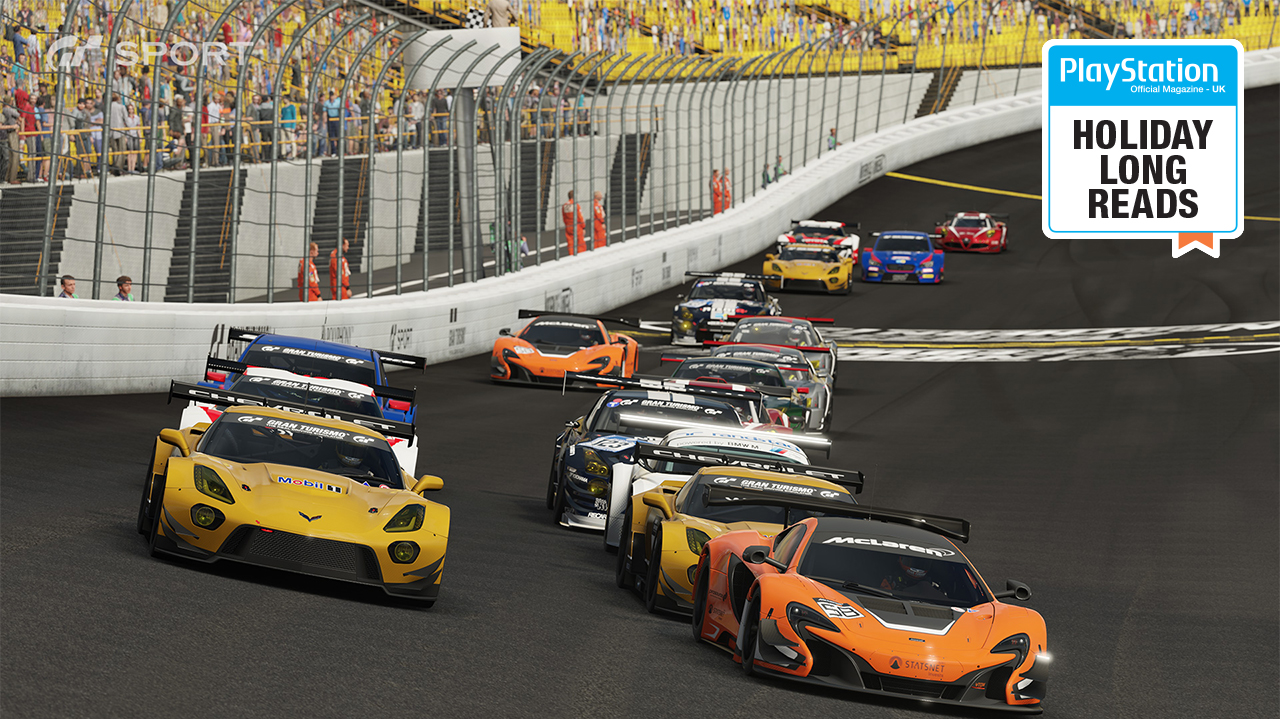
Sony has finally confirmed what we all suspected: that their new console will be called PS5 – and we now know a number of key details. It's going to have a CPU built on a third-generation AMD Ryzen chip foundation replete with eight cores of the new 7nm Zen 2 microarchitecture (short explanation: it’s fast), a custom GPU hailing from the new Radeon Navi family, a specialised solid state drive, the capacity to run at 8K resolution, and the first serious stab from a home game console at ray-tracing technology.
It sounds expensive, and we've speculated on the PS5 price already, but what does it all mean for gamers? Sony has been sending out next-gen dev kits to game manufacturers for some time, so there are plenty of friendly industry experts who are more than happy to elucidate some of the finer details, as we head toward PS5's late 2020 launch window.
What does PS5's lead architect predict for the future?

Who better to begin with than Mr PlayStation himself, Mark Cerny? He was the lead architect for the beloved PS4 and, in addition to his varied game development roles over the years, is fulfilling the same role for this future console. In conversation with Wired, he confirmed that the next Sony console will feature backwards compatibility with the PS4 as the two machines share similarities in their architecture.

This feature first appeared in Official PlayStation Magazine. For more articles just like this, be sure to subscribe to OPM here to get the magazine delivered to your door – or inbox! – every month.
Whether the next-gen console will extend backwards compatibility beyond what-is-soon-to-be the last generation remains to be confirmed or denied at this point in time. However, Cerny has offered plenty of other choice morsels of information on its capabilities. But before we get into what he and a slew of other experts have to say on the upcoming console, we can assure you of this: you won’t see the next-gen PlayStation console for yourself this side of 2020.
What does ray tracing technology mean for PS5?
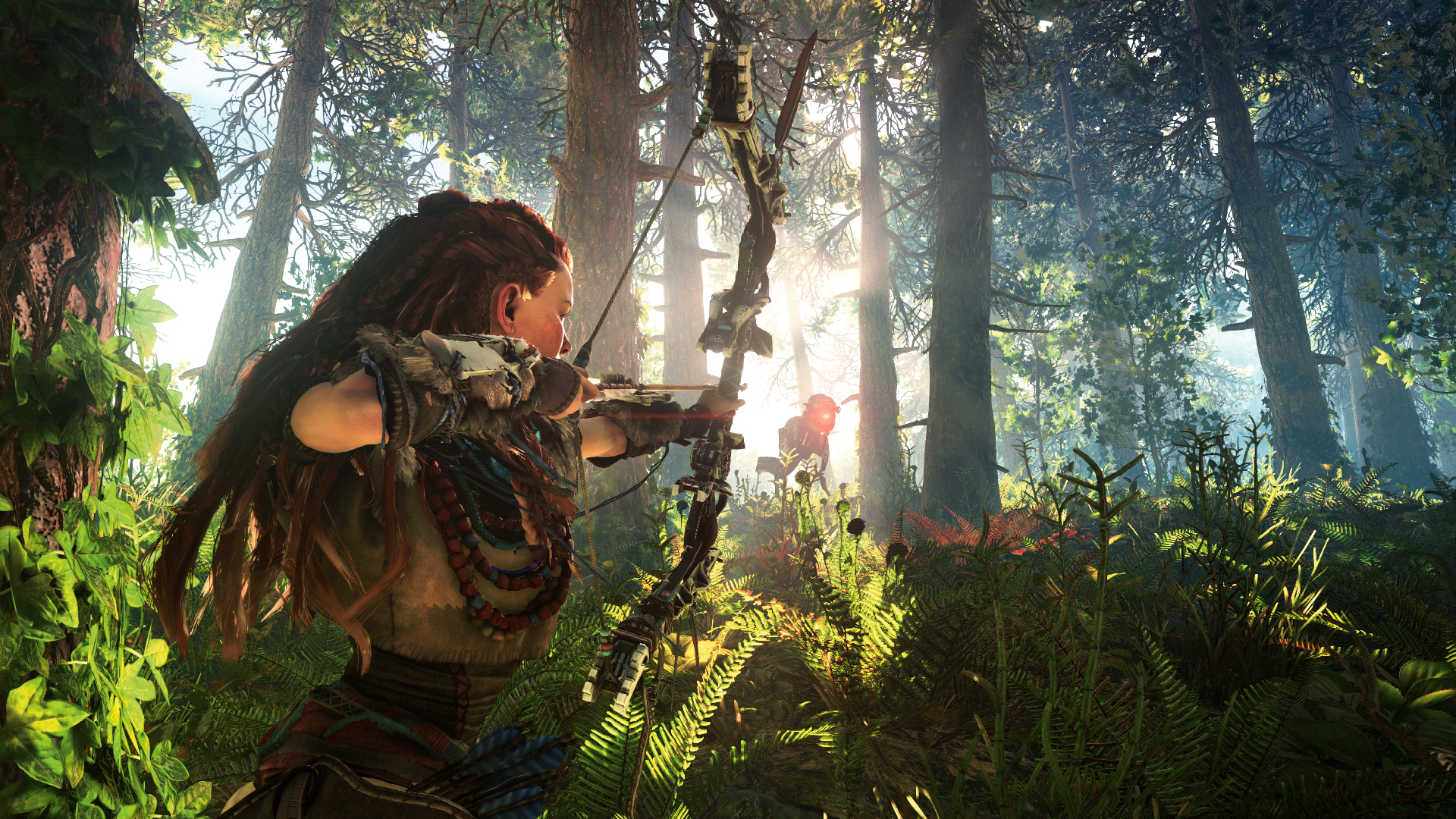
One of the standout revelations from Cerny’s splurge of details was the commitment to bring ray trace rendering to console. While it’s already used in the film industry to render photo-real scenes and characters – Avengers: Endgame is a standout use of the technique – the ability to do this in real time in a video game is incredible, and is something that the recently released 20-series Nvidia graphics cards have made possible on PC. In a nutshell, ray-tracing simulates light. Currently developers use rasterized rendering to recreate the look of light, but it can’t simulate its behaviour.

"With the current-generation tech, a lot of the in-game reflections are made using ‘reflection spheres’, which are not very accurate. When placing a light in a scene we add additional ‘light bounces’ to make it look believable," explains Stefania Hernandez, lighting artist at IO Interactive. "The new ray tracing technology produces accurate light bounces, reflections, and shadows bringing out many of the details in 3D environments. This makes the overall picture look and feel much more realistic."
Sony has already given us a taster of what this could mean in games. Last year at the graphics and VFX conference SIGGRAPH Asia 2018, Polyphony engineers Masamichi Sugihara, Hiroki Kashiwagi, and Tatsuya Matsue demoed real-time ray tracing with GT Sport. While the demo wasn’t running on any PlayStation hardware, the chances are it was a testbed for the tech we’ll see in the next PlayStation.
Sign up to the GamesRadar+ Newsletter
Weekly digests, tales from the communities you love, and more
The presentation used a Jaguar E-Type coupé from the game, and the presenter teased: "We’re going to show the latest technology here, real-time ray tracing […] everything is computed in real-time." Subtle details in the demo showcase why ray tracing coming to a next-gen PlayStation is grabbing the headlines and our imaginations (watch it here). As the car rotates we see self-reflection; the paint and indicator are reflected in the chrome bumper. As the camera is moved and the light source adjusted, the reflections shift.
Next-gen, now
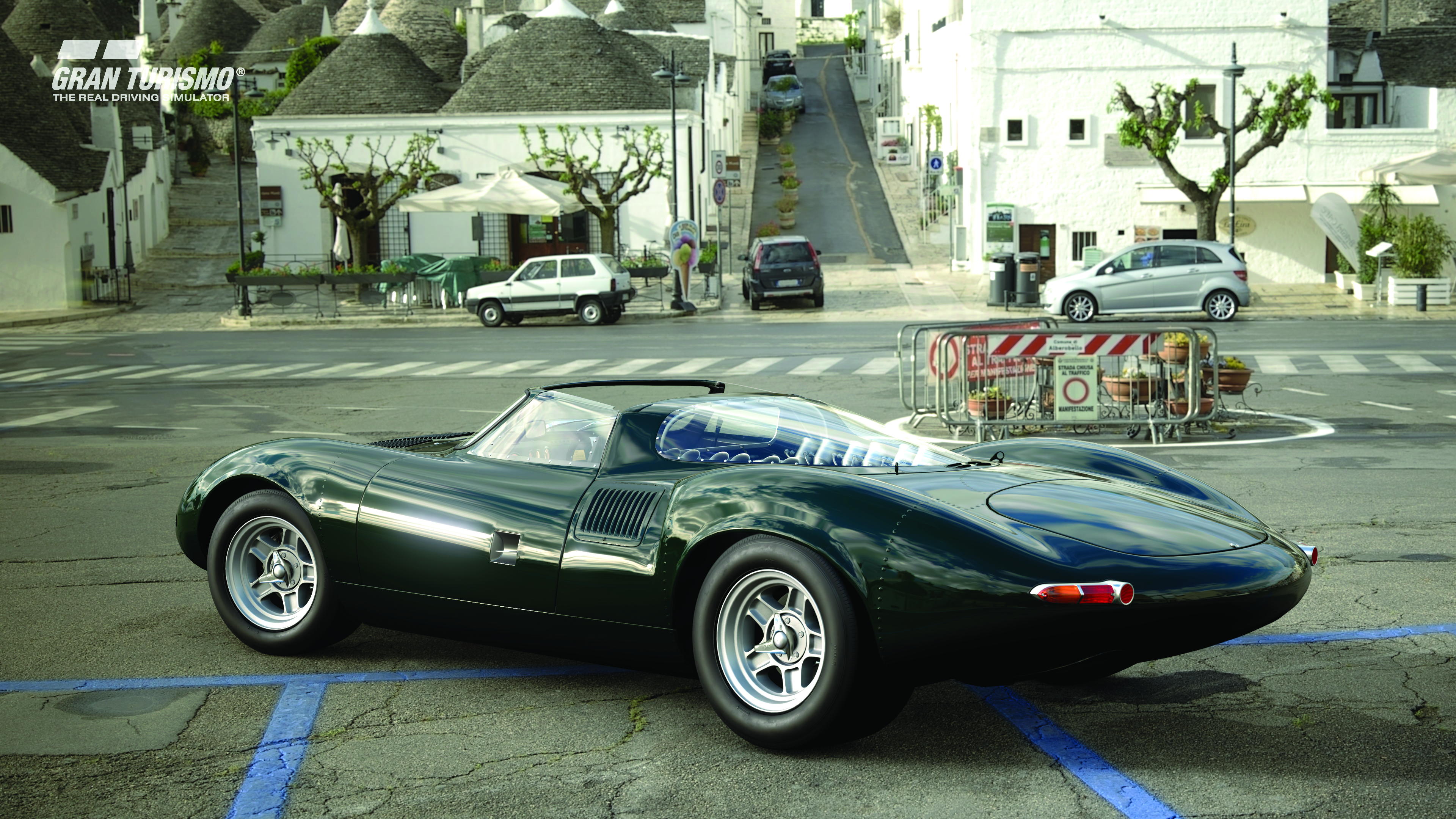
Such physically correct realistic lighting in a game is important because, Hernandez says, "lighting plays a big role in setting the mood and feel of a game and I believe this can help towards a more immersive gaming experience for the player." She goes on to explain that having these effects in real time will make almost movie-quality scenes achievable in games: "I believe that we are nearing a point where it will be possible to get a visual gaming experience much closer to the one currently achieved only by pre-rendered [film VFX] scenes."
Marco Barrettara, a 3D level artist working at Ubisoft Toronto, agrees. "There’s a reason why everyone has latched onto it as the latest buzzword to define the next generation: if implemented properly, it could push up visual quality across the board, and get us one step closer to the more photographic lighting and surfacing consumers are used to seeing in VFX shots for films or animated movies."
The new console will have more processing power than any before it, opening up a new world of possibilities. A number of developers have been kind enough to put the detailed specs in context and give us a technical breakdown. "The improvements to the overall gaming hardware are exciting for us game developers," Hernandez tells us.
"The new console’s capabilities will free us up to focus more on achieving our artistic and technical vision for future games. The new specs will be beneficial for all game artists. This upgrade will give us extra room to create more detailed environments and textures. From a lighting artist perspective, the extra computing power available will allow us to make more complex lighting setups."
With more power, artists will have more space to play
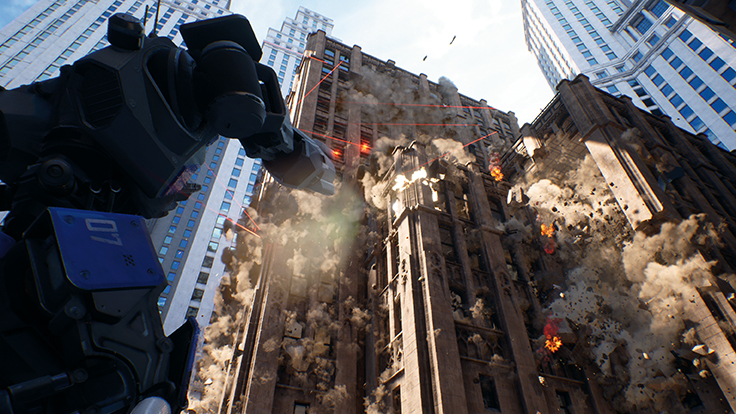
"When it comes to pure art budget, CPU power isn’t a huge bottleneck we think about a lot. There are, of course, some things that affect art which are on the CPU, but by and large the GPU does all of the heavy lifting," Barrettara elaborates."From what we’ve seen so far, the clock speed of a Navi-equivalent GPU won’t be a massive amount faster than existing console hardware, but even a difference of, say, 10% to 15% in GPU compute power could mean a lot of smaller improvements across the board that lead to better-looking games."
"It would bring the console much closer to the heftier PCs we actually use to develop on, or the high-end gaming PCs that are reserved for gamers who invest thousands of dollars in their hobby. We’ll be able to draw more geometry on the screen, have more complex materials, more VFX and particles on the screens – all kinds of things. On a similar note, having more VRAM would be great for artists, as well. All of the textures we create for games are authored at very high resolutions, but they’re often streamed in at lower resolutions in-game based on the available memory of the console."
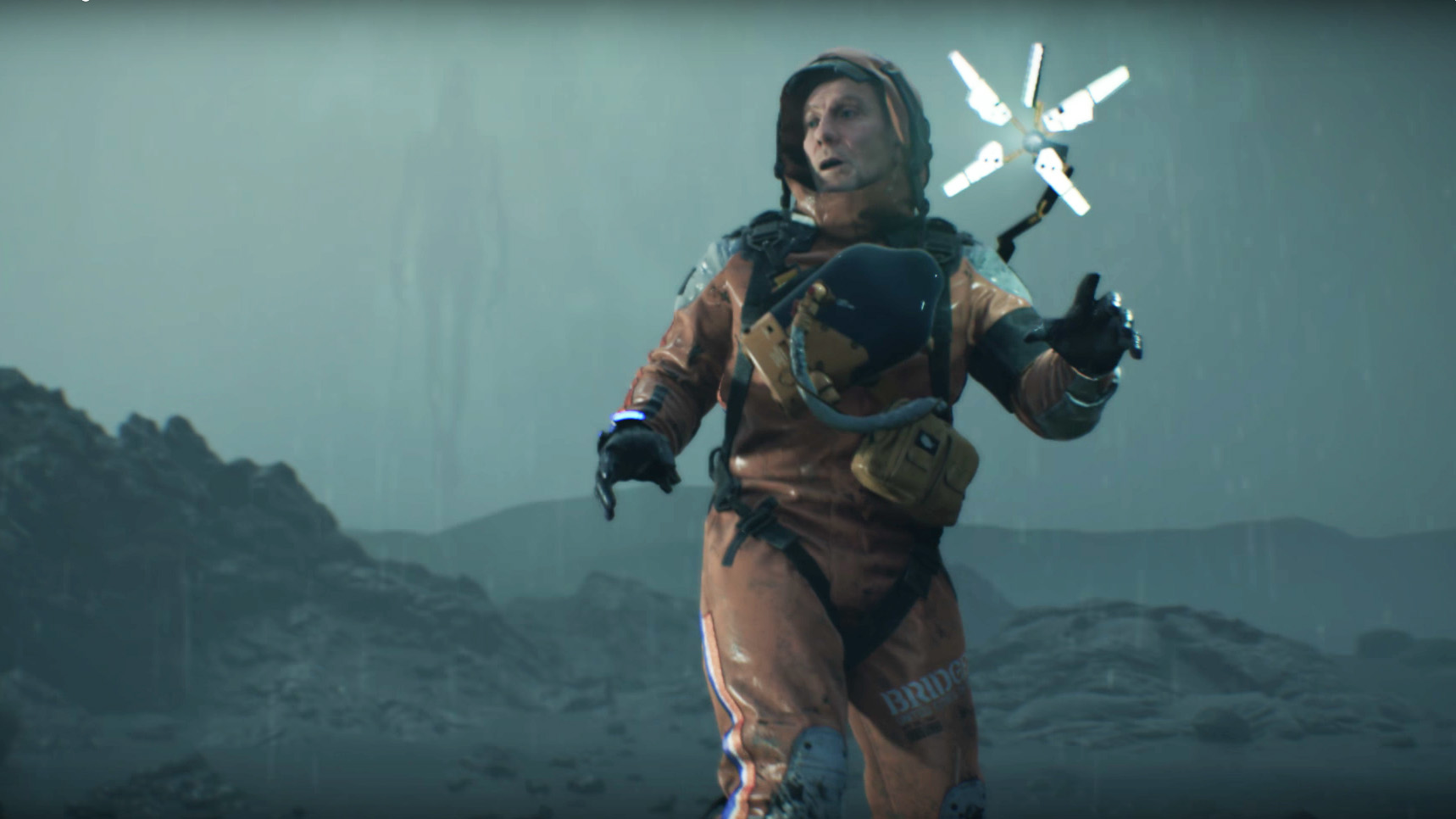
PS5 specs in detail – what's inside the next-generation PlayStation console?
Barrettara goes on to say, "Realistic art styles have the most to gain from pushing the envelope on the tech side, without a doubt. On the other hand, though, there are ways that other art styles and workflows can benefit indirectly."
This is a sentiment echoed by Hernandez: "I think that for games made with a realistic-design approach the increased specs will have a profound impact on working towards even more realistic-looking results. However, I believe these specs can also give artists room when working towards a stylised look and feel."
Barrettara continues, "Games with flat colour/material styles will still look better with nicer lighting, further draw distances, that type of thing. There’s also the indirect benefit of not having to optimise your game as much if your target console has better specs: if you’re a small indie team (the majority of whom end up going with a non-realistic art style), you may not have enough manpower to optimise all of the art in your game to the level it needs to be to perform on consoles. Having more powerful hardware could help mitigate that.”
How audio will evolve for the next generation

That aforementioned AMD chip boasts a custom sound unit, a step up from PS4’s audio capabilities. In his interview with Wired, Mark Cerny expressed frustration that the transition from PS3 to PS4 didn’t enjoy a similar sound upgrade and said, "With the next console the dream is to show how dramatically different the audio experience can be when we apply significant amounts of hardware horsepower to it."
This is a sentiment echoed by Samuel Justice. The co-founder of Sweet Justice Sound Ltd, a company that has contributed to the sound design of a number of massively popular titles, including Fortnite and Injustice 2, he says, "I think the raw computing power needed to create realistic audio models is largely overlooked. In the past we have managed to create fairly good representations of acoustic modelling through a lot of trickery and clever techniques. The ability to fully realise automated 3D audio is a big step forward for game audio and will certainly result in much richer experiences."
With sound, the name of the game is and has always been ‘immersion.’ The hope is that the next-gen console will envelop you in sound without the need for additional external hardware, being designed to work through your bog-standard television speakers, though allowing for an enhanced experience through a set of headphones.
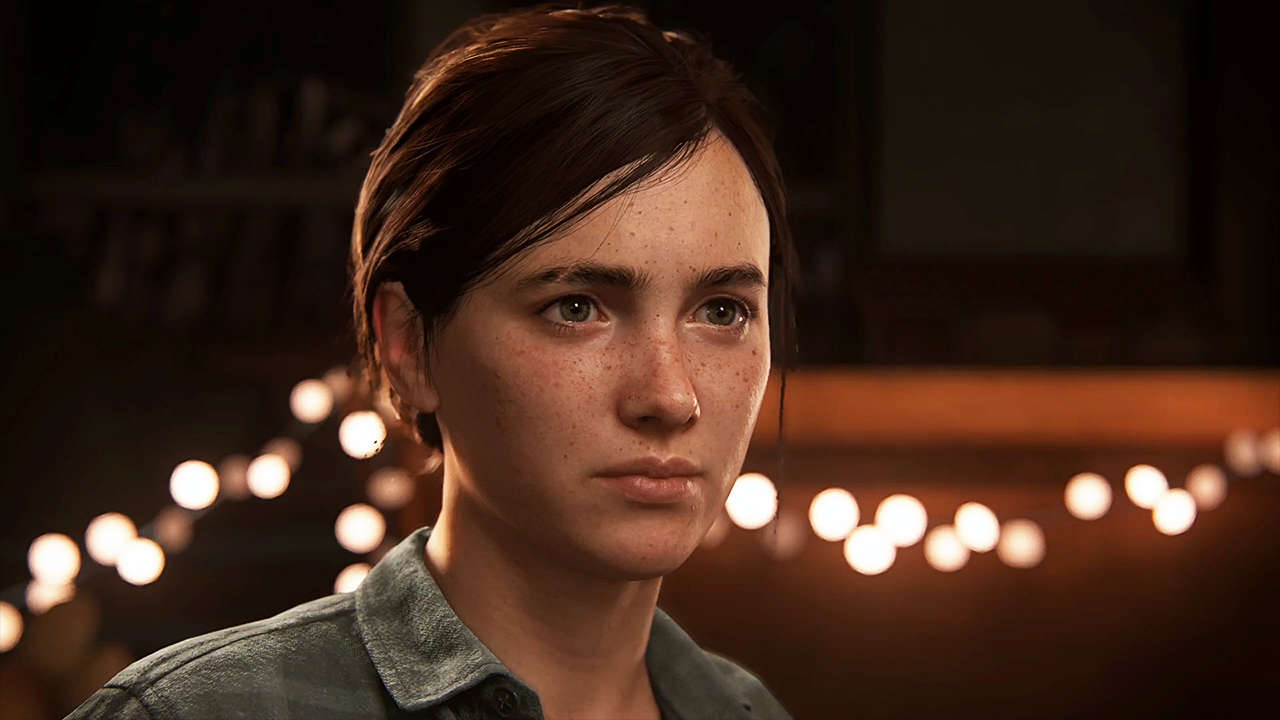
"We’ll be able to draw more geometry on the screen, have more complex materials, more VFX and particles on the screens."
Marco Barrettara, 3D artist
Marcus Klang, sound designer on PS VR puzzler Ghost Giant, offers, "How would you create sounds coming from […] above or behind with a pair of regular stereo headphones? The answer is by using the HRTF, or head-related transfer function. It describes how sounds get filtered by the head, body, and outer ear before reaching the ear depending on the direction of impact. All humans have differently shaped heads, bodies, and ears, and therefore each has its own HRTF."
"Included in the HRTF is the inter-aural time differences, inter-aural level differences, and monoaural cues as well as the filtering caused by the interference and diffraction of the head, body, and outer ear. General values are often used [within sound design for games], based on the measurement of different persons’ own HRTF or dummy heads, and it can be a bit hard to replicate to fit all."
Klang adds that our new friend ray tracing has a surprising amount of application across disciplines, including within this next-gen vision of sound, adding, "It can be used to improve the sense of realism by more accurate adjustments to the audio depending on the environment surrounding the player, in real time."
What will an SSD drive bring to PS5?
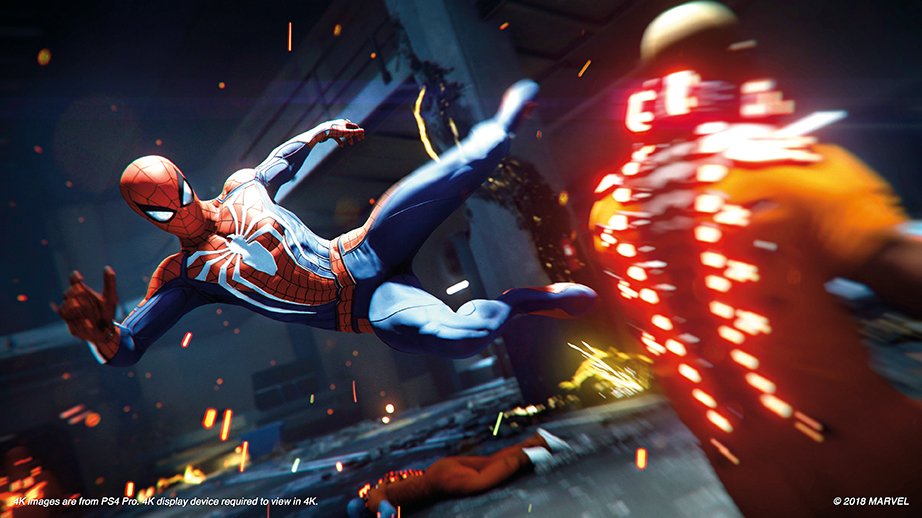
Solid state drives (SSDs) have an edge over more traditional hard disc drives. For one thing, as the name suggests, they have no moving parts. A typical hard drive contains a metal disc with a magnetic coating that stores your data. Your data is then accessed and read via a moving, mechanical arm within the device. This moving part is a typical point of failure; if you drop this type of hard drive, you can damage the inner arm and then your data becomes inaccessible. Relying on the movement of a physical part also makes for slower read speeds. In games, that can mean far longer load times and a set top speed for how fast you can move through an open world, whether you’re Spider-Man or Deacon St John.
SSDs are a different beast altogether. Sony’s next-gen console will feature its own purpose-built drive, and what this offers goes beyond greatly reduced loading times and the ability to swoop through crisply presented open worlds at breakneck speeds – though those are both important. IO Interactive lighting artist Stefania Hernandez comments: "Load times can have a big impact on what is possible for game artists. Faster load times give us extra room to add details like props, materials, textures, and lightning, among others with less impact on performance compared to the previous-generation console."
PS4 already has a mouth-watering array of games featuring detailed open environments, IO’s own Hitman among them. We’ll have to wait and see what murderous mayhem can be wrought on the next-gen console thanks to this particular hardware upgrade.
To read more about PS5 and the hottest upcoming PS4 games, check out the latest Official PlayStation Magazine subscription offers.
As PLAY Magazine’s games editor, Jess is known for championing the weird, the wonderful, and the downright janky. A fan of cult classic JRPGs and horror, her rants about Koudelka and Shadow Hearts have held many a captive audience. Outside of writing about all things PlayStation, she’s also a lifelong fan of Nintendo’s handheld consoles. Having whiled away most of her college years playing The World Ends With You on the original Nintendo DS, she’s looking forward to uncovering all of NEO’s secrets too. Beginning her career as Official PlayStation Magazine’s staff writer in 2017, she’s since written for PC Gamer, SFX, Games Master, and Games TM.



